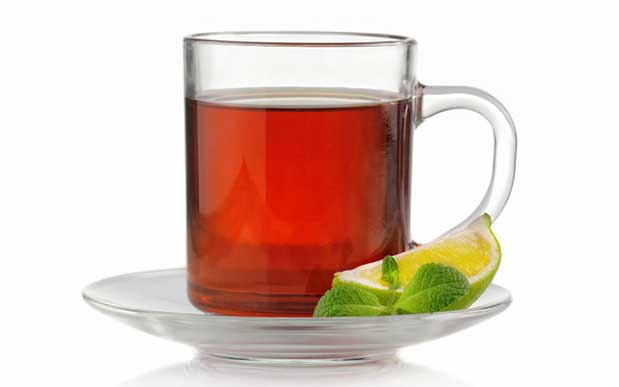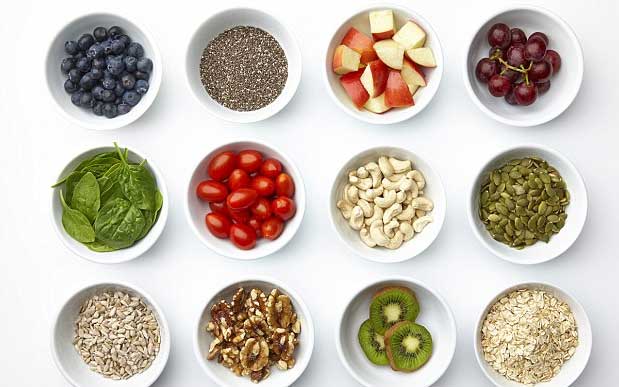
Sari saga from Bengal
Around 250 weavers of Nadia district have spent six months creating 5,000 saris for this exhibition
"The weavers have no electricity or concrete buildings back home in their villages in Bengal. They live in impoverished conditions, but they have worked hard for the past six months to create these handloom saris in silks and cottons," says Sarmistha Das Biswas, coordinator of Bengal Weavers Association.
The weavers are in the city to display some of their creations. Sarmistha has been organising this exhibition for the past 20 years, and for the upcoming 21st edition she brings with her five artisan weavers and over 5,000 handloom saris in 560 designs. Rang Mahal ? after which the exhibition is named ? is a conglomeration of weavers from Nadia district. All the saris at the exhibition are sourced from this region.
"Showcasing Bengal′s heritage weaving is the mission, but we also try to utilise the funds raised by the sales here for the welfare of weavers who are part of Rang Mahal," says Sarmistha. She goes on to say that though these weavers adhere to traditional weaving techniques and heritage motifs such as temples, flora and fauna, they also have been experimenting with innovative designs which are abstract and graphic. The design intervention is done by the Bengal Weavers′ Service Centre, which also guides and supervises the 250-weavers-strong Nadia weaving cluster.
" The five weavers who accompany me, have been coming to Chennai for the past six years, and they have dedicated customers who flock to their counters," she says.
The weavers will showcase a range of saris such as jalchuris with contrast borders, nakshis with tangail borders, striking colour combinations and patterns in jamdanis, baluchars with embossed pallu, and silks in hand-dyes and hand paintings.
"A bulk of our saris are in the most affordable range (between 800 and 2,000). In Chennai, our ahimsa silks (called vanya resham in Bengali) (?6,000 to ?10,000) are sought after, and every year we are sold out. We are also showcasing our ajrak block, shibori tie and dye and rogan art painted saris this year, apart from kalamkari sari from the region" she says. Dress materials are also available in cotton and silk.
A good percentage of the saris are dyed using natural substances like madder, turmeric, pomegranate, leaves and certain type of fruits and vegetables, which are supplied by the weavers centre. In order to soften the textiles for the natural dyeing process, the facrics are soaked in crushed banana. And their khadi range is starch free and hand spun. "Our weavers have been sending their children to NIFT and local colleges to study fashion designing. Some of these young weavers have started working with designers and some are working to launch their own brands. We are collectively clinging to the original craft of weaving of Bengal," says Sarmistha.
Related News

Aerobic training can help reverse ageing

Top 10 Unknown Beauty Tips and Tricks

Outdoor Activities to Lose Weight

Daily consumption of tea protects the elderly from cognitive decline

Expert reveals the snacks you should eat, according to your body type

Know why milk should be a part of your beauty regimen

Just ten minutes of play a day can help children reduce their risk of developing heart disease and diabetes later in life

9 Food Habits To Keep Eating To Lose Weight
Most Read
★7 Healthy Hacks for Your Pumpkin Spice Latte
★The Diabetes Diet
★Hard work, no pay linked to mental health issues in comedians
★Women found to appear up to 20 years younger if they stay out of the sun
★8 Fruits that Burn Fat: Include Them In Your Diet For Great Health Benefits
★Looking towards India for design
★12 Benefits of Hair Spa Treatment
★This Yoga Flow Will Instantly Boost Your Mood
★Teenagers use social media posts to appear attractive to friends
★Using Kalonji Seeds for Weight Loss
★8 Time-Saving Meal Prep Ideas Nutritionists Actually Use
★Does ginger gene offer key to younger looking skin?
★How to Do Face Cleansing at Home?
★6 Fantastic Yoga Asanas That Will Help You Fight Skin Problems
★10 Most Effective Weight Loss Exercises For Torching Fat
★Growing Propagating and Using Aloe Vera
★Eating Carbs and Fats Before a Workout? Read This
★Grean tea could help get rid of acne
★6 Best Oils for a Naturally Clear and Glowing Skin
★Is there a way to combat greying?
★WHO says strawberries may not be so safe for you
★The Best Breakfast Foods for Weight Loss
★Yoga Heals More than Just Your Body
★Combat the Cold with Fresh Oregano Tea
★5 Dairy-Free Cheese Options Worth Trying
★15 Powerful Asanas of Yoga to Reduce Belly Fat
★Working It Out: The future of work and digital
★Daylight Savings Time: That miserable time of year when many mourn loss of one-hour sleep
★Carbohydrates and sugars
★11 Realistic Methods of Stress Management
★Weight-lifting and protein shakes rich in growth hormones may make you bald
★Natural and healthy effects of Aloe Vera!
★5 superfoods to combat hair loss
★Losing Weight in Hot Weather Made Easy
★Man has lived with giant neck for 13 years after going to doctors for help
★Surgery addict rushed to hospital after his body REJECTED his new nose
★Recycling temple waste along the Ganges with Help Us Green
★The amazing and healthy benefits of meditation!
★Heres why you should go sulphate-free with your hair care
★Cancer warning over skin bleaching treatment
★5 Exercises to Reduce Belly Fat
★Flex Your Memory Muscle
★Work stress may lead to irregular heart rate
★Why You Probably Shouldnt Take Diet Advice from Your CrossFit Coach
★Smoking and sight loss warning
★8 Best Foods to Eat for Weight Loss
★Making handloom accessible
★The best effective and natural plants for a good memory
★Can high heels give you cancer?
★Pasta eaters may have better diet quality: study
